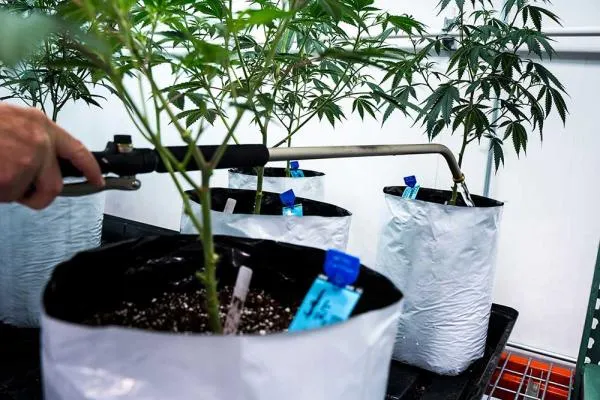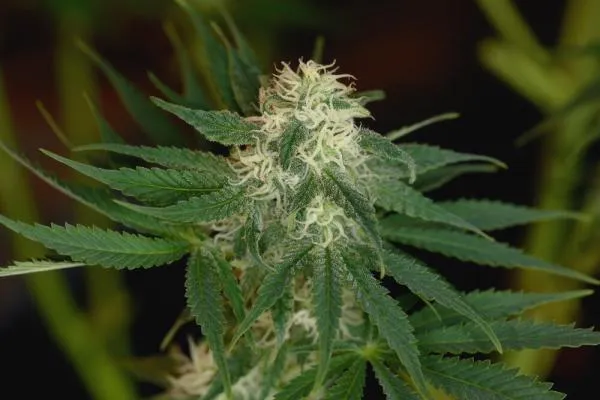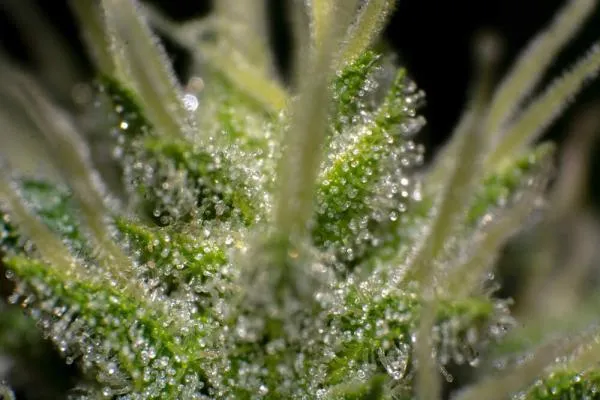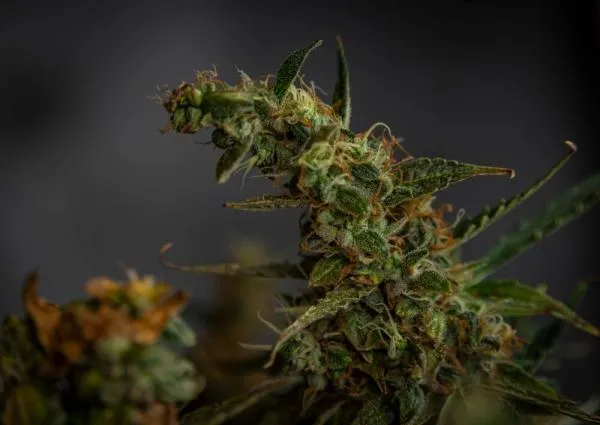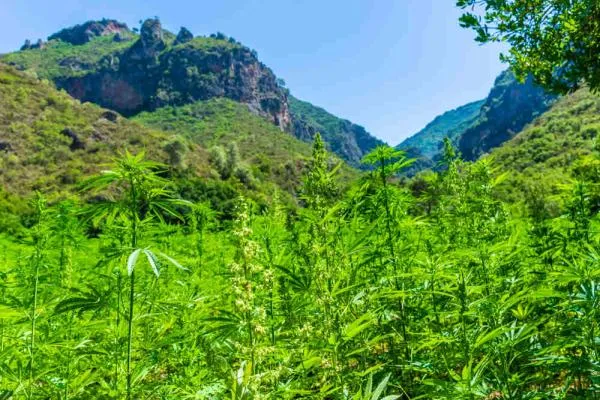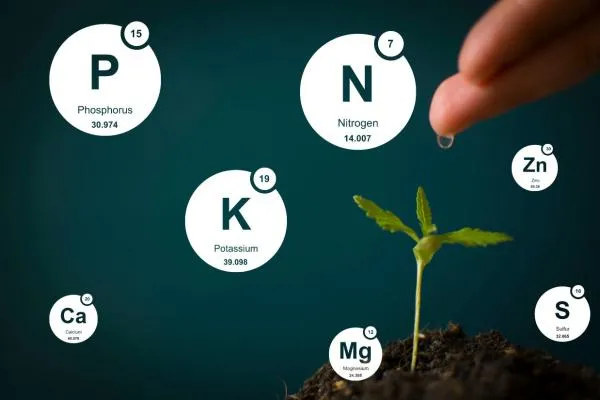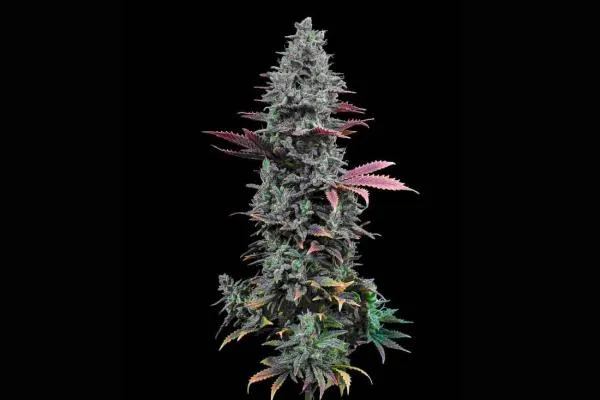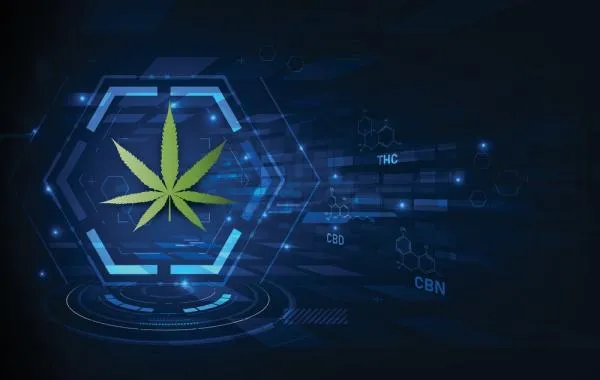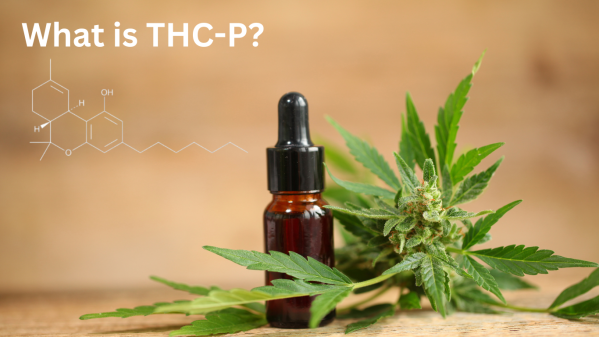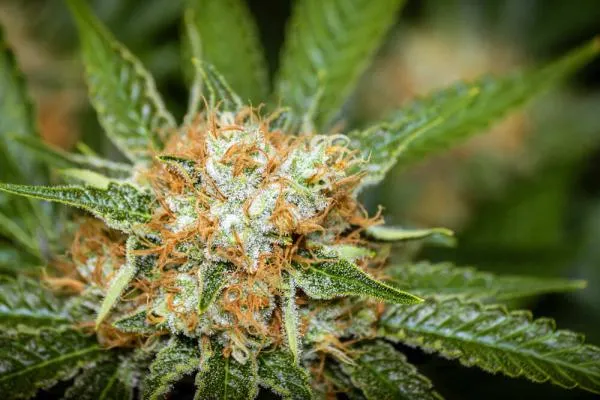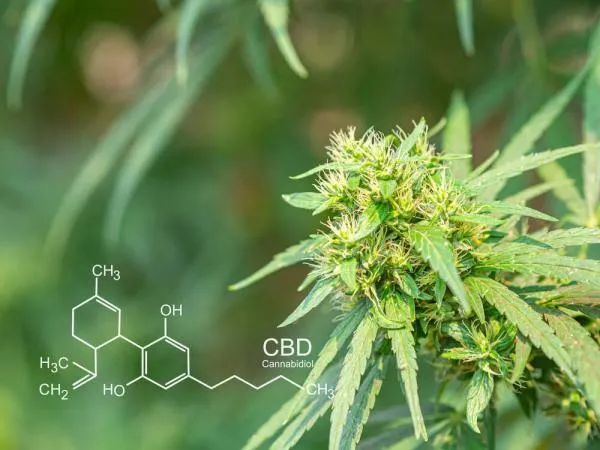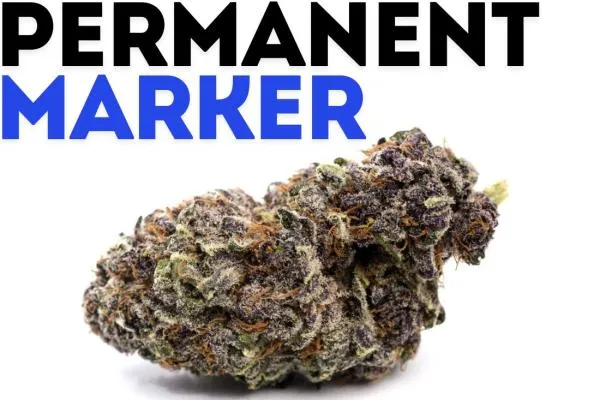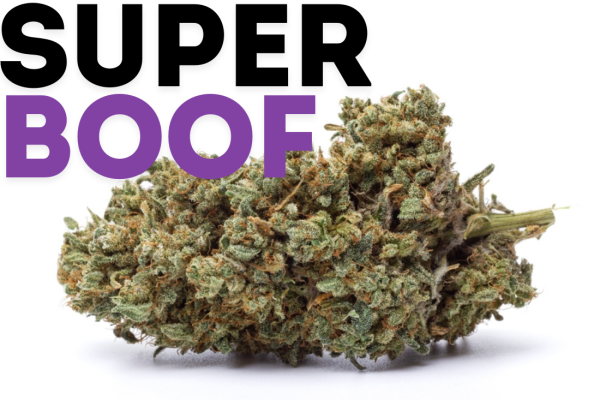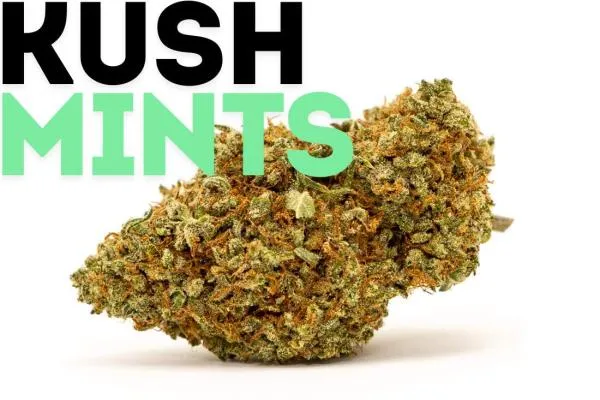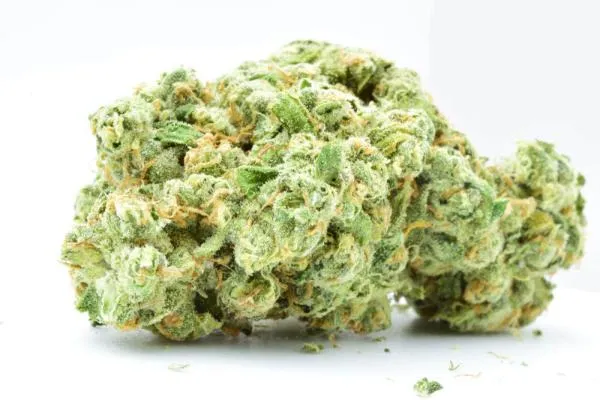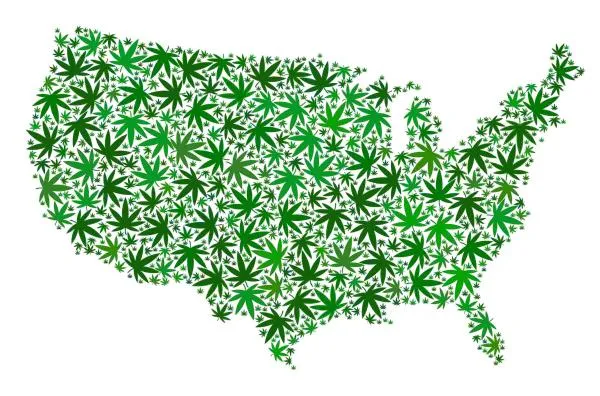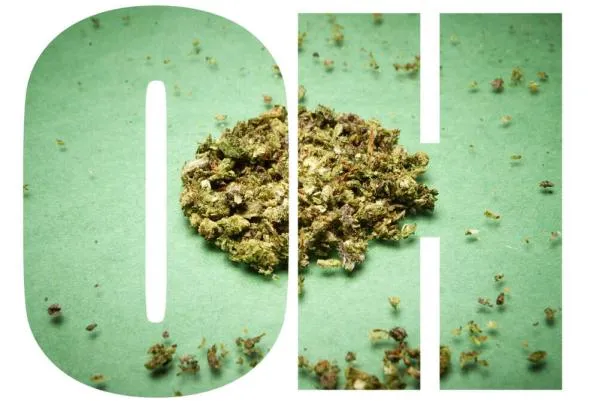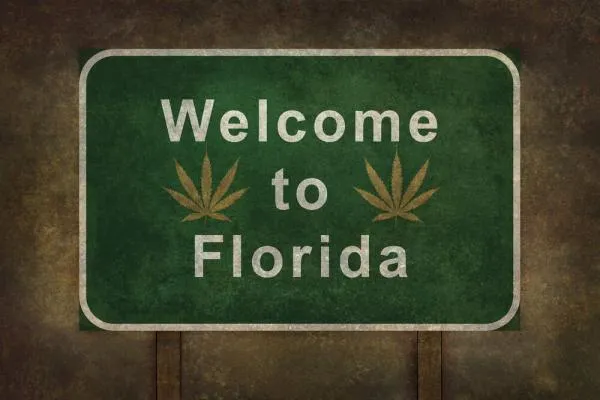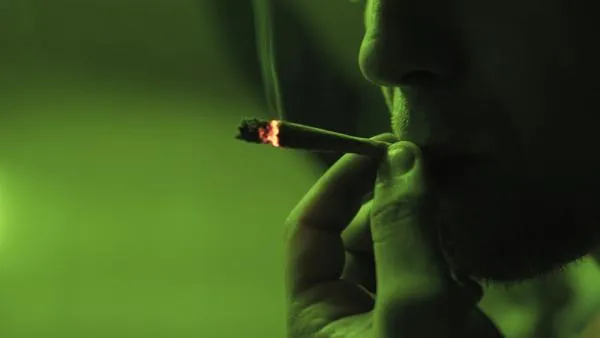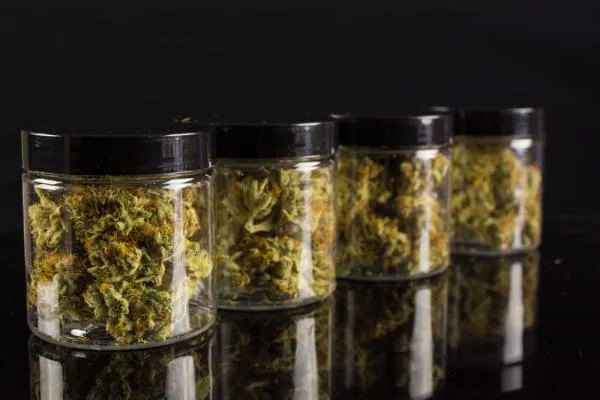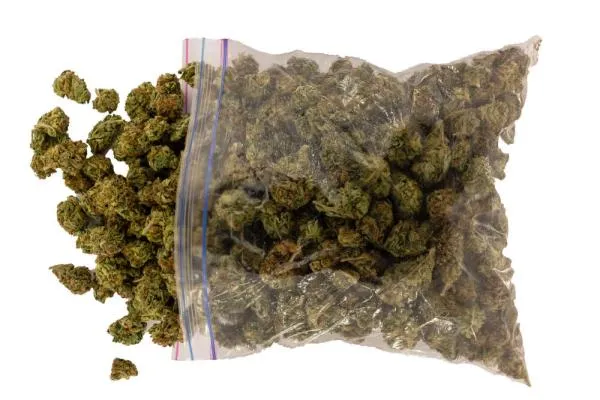MSNL Cannabis Blog
Find all the answers you need to know about Cannabis, with helpful guides, legal news, recipes and more. Full step-by-step walkthroughs on all tried and tested methods, setup and genetics.
- How Much Water Should You Give Autoflowers?Understanding Autoflowering Cannabis Plants Autoflowering cannabis plants are a revolution for growers looking for a faster, easier way to cultivate weed. Unlike photoperi...
- How Long Do Autoflowers Stay in the Flowering Stage?If you’ve just started growing autoflowering cannabis, one of the biggest questions you probably have is: "How long do autoflowers stay in the flowering stage?" I get it. When y...
- Are Autoflowers Less Potent Than Photoperiods?Are autoflowers really weaker than photoperiods, or is that just outdated grower gossip? If you’ve ever wondered whether the speed and simplicity of autoflowers come at the cost...
- How tall do autoflowers grow?Understanding autoflowering cannabis Autoflowers are the go-to option for many growers, especially beginners, because they are easy to manage, quick to harvest and don’t rely on...
-
20+ Years Experience
Over 500K seeds sold worldwide
100K+ Happy Customers -
Germination Guaranteed
Complete satisfaction or we will replace your order -
Dutch and USA Genetics
Master breeders inspiring strains from across the world -
1-5 Day Delivery - Guaranteed
Free Express Shipping to the US, Canada and UK
